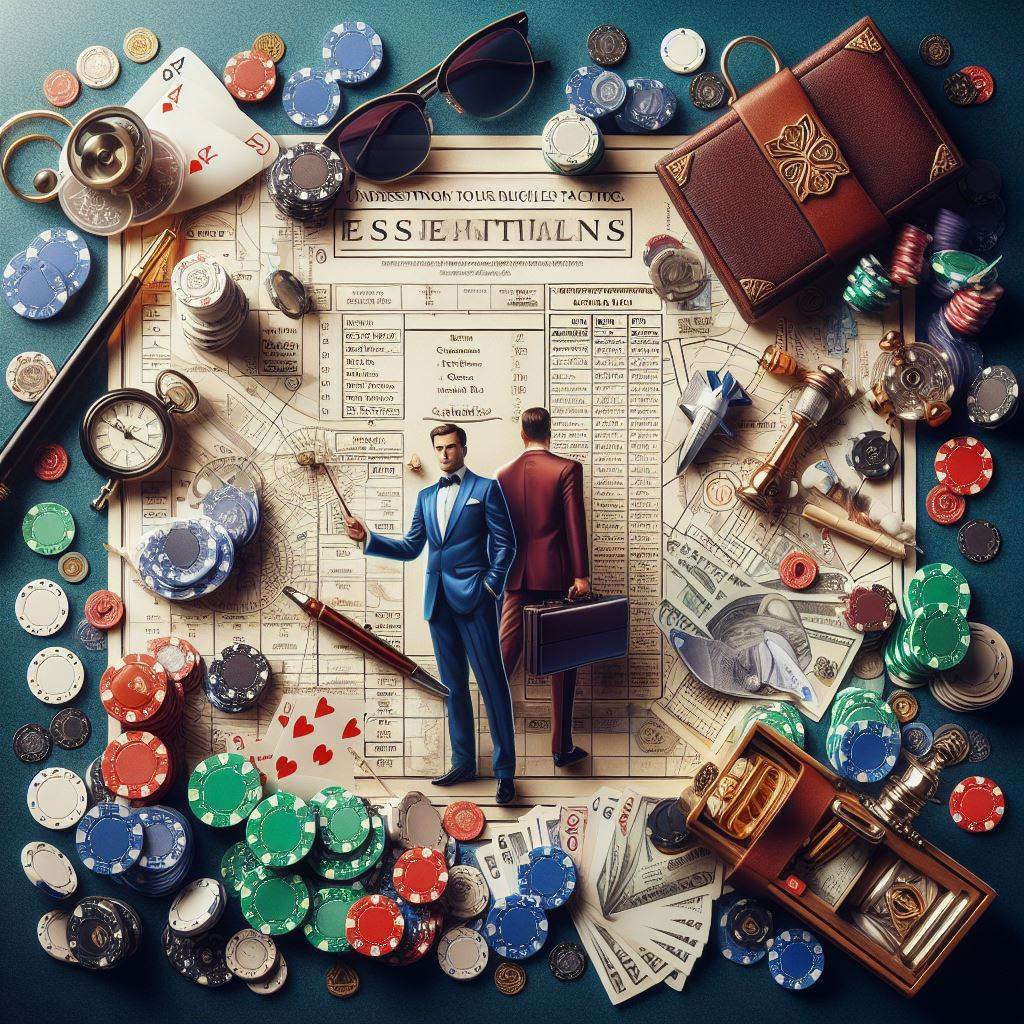Introduce the concept of a “poker face” — the impassive facial expression players use to conceal their emotions and intentions. Explain why mastering this skill is crucial in poker, setting the stage for a deep dive into reading emotions and controlling one’s own tells at the poker table.
The Importance of Emotional Control in Poker
Discuss why emotional control is critical in poker. Explain how emotions can influence decision-making and the outcomes of games. Describe the concept of tilt (emotional frustration that leads to poor decisions) and its impact on players’ performance.
Understanding Non-Verbal Communication
Explain the basics of non-verbal communication in the context of poker. Discuss the different types of tells (involuntary reactions that can give away a player’s feelings or hand strength), including facial expressions, body language, Poker Face Unveiled Reading and patterns of play. Emphasize how skilled players use this information to gain insights into their opponents’ strategies.
Techniques for Developing a Poker Face
Detail strategies for developing an effective poker face. Discuss the importance of facial control, maintaining steady breathing, and controlling body movements. Offer advice on mental exercises and practices that can help players remain impassive and composed under pressure.
Advanced Strategies for Reading Opponents
Go beyond basic tells to explore advanced techniques for reading opponents. Discuss the importance of context and patterns in interpreting tells. Share insights on psychological profiling — understanding player types and their typical behaviors.
Case Studies: Famous Poker Players
Illustrate the concepts discussed with real-world examples. Analyze famous poker players known for their exceptional ability to read opponents or for their impenetrable poker faces. Discuss specific instances from major tournaments where the ability to read emotions played a crucial role in the game’s outcome.
Practical Exercises to Improve Emotional Reading Skills
Provide readers with practical exercises they can perform to improve their ability to read emotions and develop their poker face. These could include observation exercises, Poker Face Unveiled Reading role-playing games, or using mirrors and video feedback to self-assess and adjust non-verbal cues.
The Ethical Dimension of Reading Emotions
Address the ethical considerations of reading and manipulating emotional expressions in poker. Discuss the fine line between strategic play and unethical manipulation, emphasizing the importance of fairness and respect in the game.
Conclusion
Conclude by summarizing the key points covered in the post. Reinforce the idea that while developing a poker face and reading emotions are powerful tools in poker, they require practice and ethical consideration. Encourage readers to apply these skills thoughtfully and responsibly in their gameplay.
Read More: The Thrilling World of Casino Poker Tournaments



